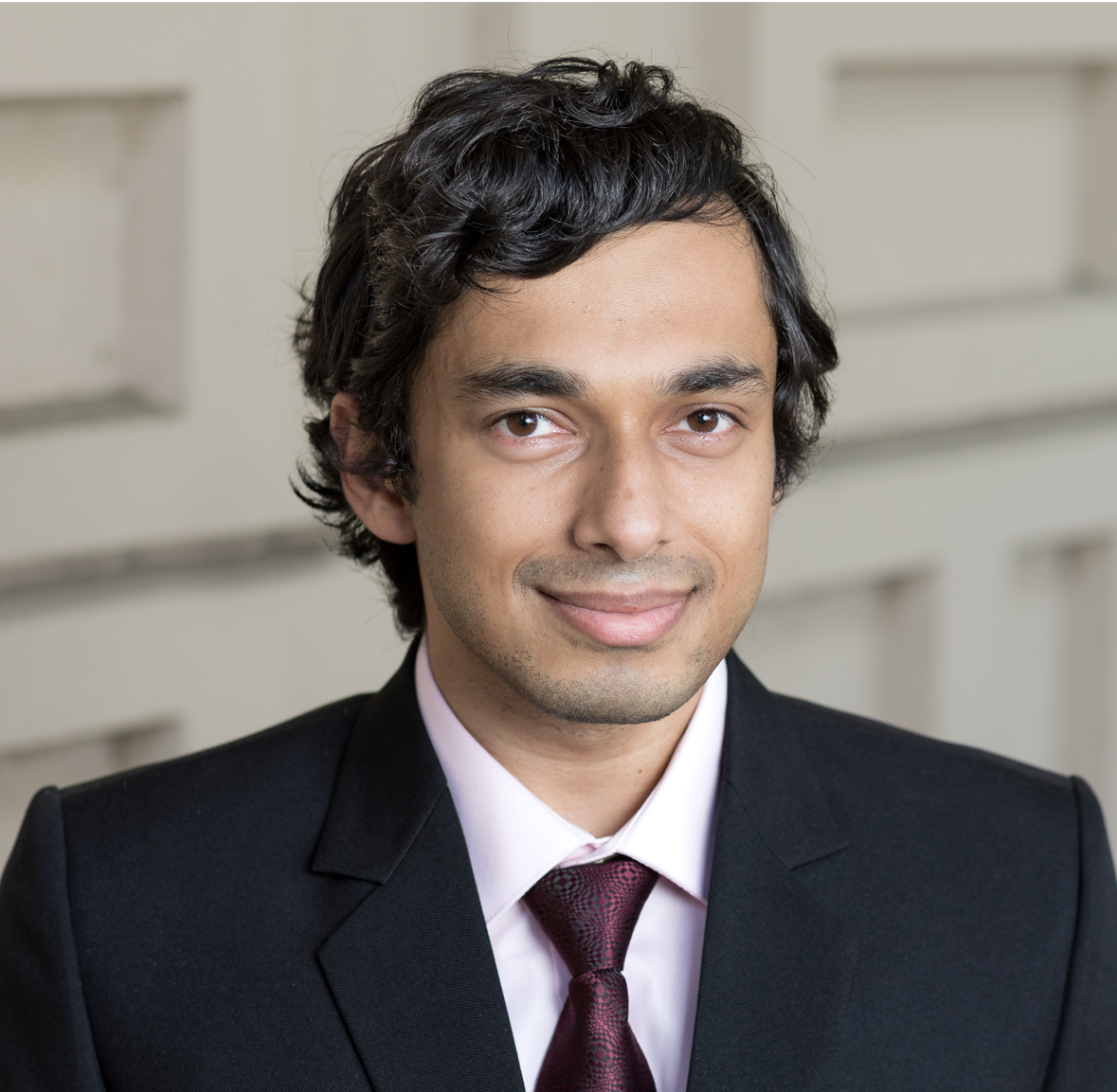
Acesso:
► Via Zoom (para participação ao vivo): https://zoom.us/j/99040780268
► Ou You Tube (acima ou em bit.ly/canalifusp)
Abstract: Scaling up next-generation photonic systems is a prime goal for emerging applications in classical and quantum technologies, and for fundamental explorations into topological and non-Hermitian physics. However, current approaches to photonic technologies quickly run into issues of large spatial footprint and electro-optic interconnect density when massively scaled up to many modes. From a fundamental perspective, there is significant interest in studying high-dimensional physical systems, since richer topological phenomena and emergent phases can be expected in higher dimensions. However, experimentally realizing such high-dimensional systems is challenging because it requires complicated spatial structures.
I will introduce our approach of using internal degrees of freedom of photons such as frequency, temporal modes or spin, to replace spatial-mode encoding, for overcoming several of these challenges of scalability, footprint and dimensionality. Such an approach, which we term synthetic dimensions,1 allows us to experimentally demonstrate analog simulation of many condensed matter phenomena (e.g. the quantum Hall effect, spin-momentum locking, Meissner-to-vortex phase transitions) in a single, periodically modulated resonator.2 This elucidates how higher-dimensional physics can be implemented in simpler, experimentally feasible lower-dimensional structures by coupling these internal degrees of freedom. Examples of the extreme tunability of synthetic-space photonic circuits to realize reprogrammable unitary transformations3 for photons will also be provided, in a manner that is otherwise challenging in spatial-mode-encoded schemes. The talk will conclude with prospects for studying new phases of light and matter such as non-Hermitian topological phases,4 and provide an outlook for interfacing quantum optics with synthetic-space photonics for future quantum technologies.
References:
[1] Dutt et al., Nat. Communications 10, 3122 (2019).
[2] Dutt et al., Science 367, 59 (2020); Li*, Zheng*, Dutt* et al., Science Advances 7, eabe4335 (2021).
[3] Buddhiraju et al., Nat. Communications 12, 2401 (2021).
[4] Wang*, Dutt* et al., Science 371, 1240 (2021).
Sobre o palestrante: Na semana que vem, teremos o prazer de receber o Dr. Avik Dutt, da Stanford University, para apresentar nosso colóquio. Ele falará sobre o uso de propriedades temporais e de freqüência da luz para criar “dimensões sintéticas” e investigar efeitos topológicos e física não-hermitiana. Isso abre a possibilidade de emular diferentes fenômenos de física da matéria condensada. O Dr. Dutt é doutor pela Cornell University e assumirá uma posição de professor assistente na University of Maryland no início de 2022.
Palavras-chaves: dimensões sintéticas, matéria condensada,







